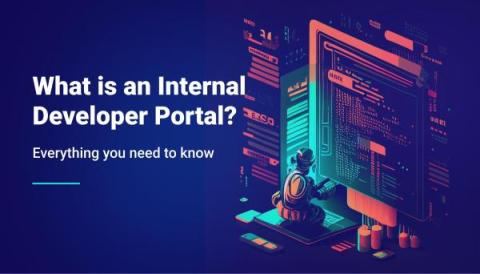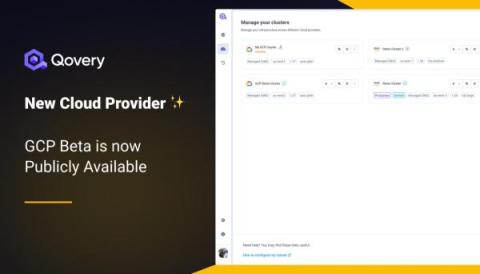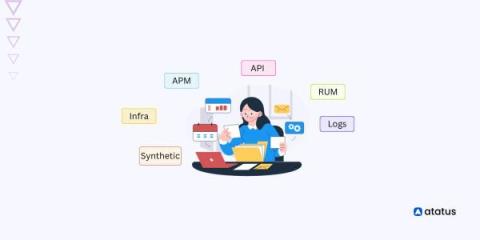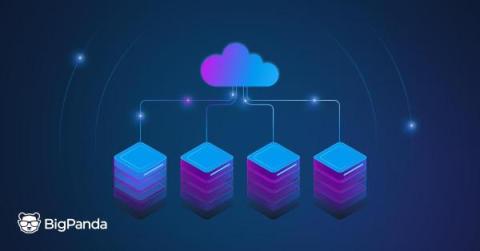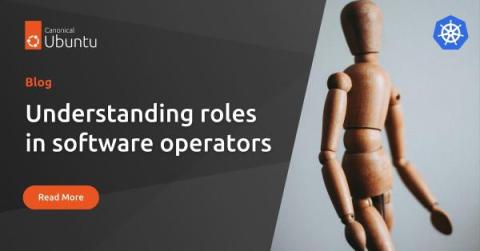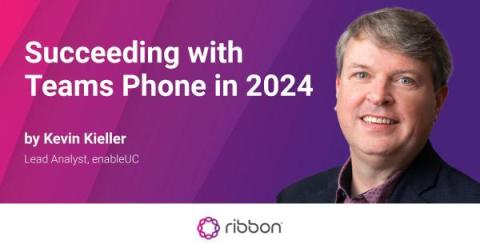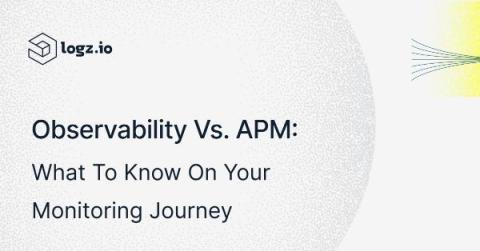Operations | Monitoring | ITSM | DevOps | Cloud
Latest Posts
What is an Internal Developer Portal?
Managed GCP GKE Autopilot Released in Public Beta
5 open source projects to contribute to in 2024
Contributing to open source software helps you develop new skills, gain real-world coding experience, interact with new technologies, and meet new people. But with so many open source projects to choose from — developers started some 52 million new projects on GitHub in 2022 alone — it can be difficult to figure out which repositories to contribute to. If you’re thinking about joining a new open source project in 2024, you’ve come to the right place.
Unified Observability: The Right Way Ahead
Observability, in modern software engineering, has evolved into a paramount concept, shedding light on the intricate inner workings of complex systems. Three essential pillars support this quest for clarity: logging, traces, and metrics. These interconnected elements collectively form the backbone of observability, enabling us to understand our software as never before. Think of a system as a bustling city.
Interview with CIO Chris Campbell
In the latest instalment of our interviews speaking to leaders throughout the world of tech, we’ve welcomed Chris Campbell, CIO at DeVry University.
How to optimize your cloud infrastructure management
As on-premises infrastructure and workloads increasingly migrate to the cloud, you’ve undoubtedly encountered many challenges in managing complex cloud architectures. These hurdles include juggling cost-efficiency and security to maintain a seamless, high-performance infrastructure. Navigating your cloud infrastructure landscape requires thoroughly understanding its virtualized elements—servers, software, network devices, and storage.
Understanding roles in software operators
Succeeding with Teams Phone in 2024
Moving to Teams Phone as your primary voice system can save money and provide a great user experience, or it can “crash and burn”. In a two-part workshop, I had the opportunity to explore insights to help migrate successfully to Teams Phone with Greg Zweig of Ribbon. (Ribbon was kind enough to sponsor both workshop sessions.) This article summarizes the information we covered in the workshop.
Observability vs. APM: What to Know on Your Monitoring Journey
In the ever-evolving landscape of software development and IT operations, monitoring tools play a pivotal role in ensuring the performance, reliability, and availability of your applications. Two key disciplines in this domain are observability and Application Performance Management (APM). This post will help you understand the nuances between observability and APM, exploring their unique characteristics, similarities, benefits and differences.



